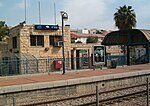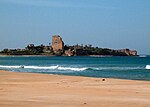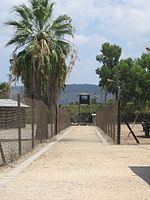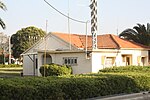Atlit (modern town)

Atlit (Hebrew: עַתְלִית, Arabic: عتليت) is a coastal town located south of Haifa, Israel. The community is in the Hof HaCarmel Regional Council in the Haifa District of Israel. Off the coast of Atlit is a submerged Neolithic village. The town of Atlit is named after the nearby Crusader outpost and fortified town of Atlit, also known as Château Pèlerin, which although in ruins remained populated until 1948. The town was established in 1903 under the auspices of Baron Edmond de Rothschild, approximately two kilometers south of the historical site which was then a small Palestinian village. The Atlit detainee camp is nearby, which was used by the British to intern Jewish refugees and is now a museum. From 1950 until the unification of the municipalities in 2003, Atlit was a local council whose jurisdiction was 14,000 dunams. In 2021 the population was 10,475.
Excerpt from the Wikipedia article Atlit (modern town) (License: CC BY-SA 3.0, Authors, Images).Atlit (modern town)
Hof HaCarmel Regional Council
Geographical coordinates (GPS) Address Nearby Places Show on map
Geographical coordinates (GPS)
| Latitude | Longitude |
|---|---|
| N 32.687222222222 ° | E 34.938333333333 ° |
Address
3085000 Hof HaCarmel Regional Council
Haifa District, Israel
Open on Google Maps











